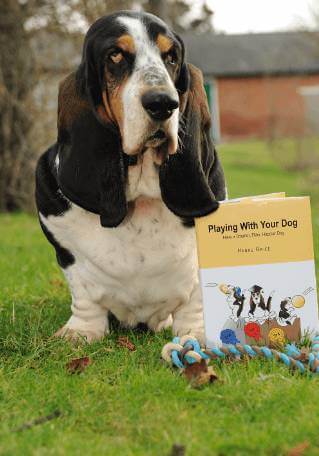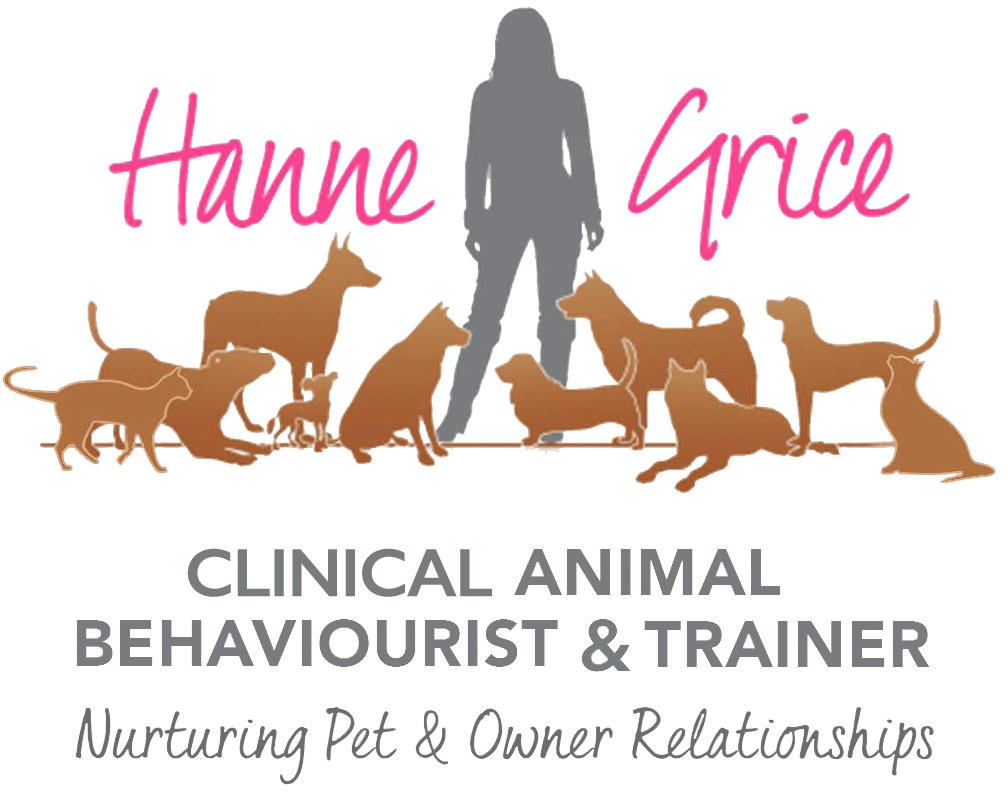For many of us, enjoying a quiet stroll with our pooch away from the daily hubbub can be a simple joy. Walking forms part of the daily routine and is a way to stay fit and healthy. However, new research published in Injury Prevention highlights some unexpected risks associated with walking the dog. A comprehensive analysis of nearly half a million injury cases found that hand and wrist injuries linked to dog leads are far more common than previously understood.

The study and its findings
The research, conducted by Lim et al. (2025) from Raigmore Hospital in Scotland and Sengkang General Hospital in Singapore, analysed five US-based datasets covering 491,390 dog-walking injury presentations between 2012 and 2024. Of these, more than 110,000 were specifically hand or wrist injuries, including fractures, dislocations, sprains and soft tissue damage.
The most common injuries were finger fractures (accounting for around 31% of cases), followed by wrist fractures (25%) and soft tissue injuries such as sprains or ligament damage. Notably, 68% of all injuries occurred due to the dog pulling suddenly on the lead. Other injuries were caused by the dog’s lead becoming entangled around the handler, or causing them to fall by being pulled off balance.
The data also revealed a distinct demographic pattern; around 75% of those injured were recorded as female, and approximately one-third were aged over 65. These figures are based on sex as recorded in hospital data, which may not fully reflect gender identity. However, they align with broader patterns in dog guardianship and caregiving roles, as well as known differences in musculoskeletal vulnerability, such as higher rates of osteoporosis in older women. Note: these figures are not about attributing fault to the handler, rather about recognising patterns that can help shape more inclusive and practical safety advice.
Although this latest study was based on US data, the authors used NHS costing data to estimate the economic burden in the UK for treating dog walking-related injuries. They calculated that treating distal radius fractures (a common type of wrist break) resulting from dog-walking incidents likely costs NHS England more than £23 million annually. This figure excludes associated costs such as rehabilitation, time off work, or the need for carer support, which could push the true figure far higher.
Previous research supports these latest findings. Rosa and Buckley (2024) noted that dog lead-related injuries had increased over the last 20 years, particularly among women over 65. This is understandable as dog ownership has increased over this period (Anderson et al., 2023). Additionally, Maxson et al. (2023) recorded that patients were most commonly injured in their upper extremity (51%), were injured while falling when pulled or tripped by the lead (55%), and fracture risk was higher among dog walkers aged over 65 years and women.
It is important to note that this new research from Lim et al. (2025) does not imply that dog walking is hazardous. Instead, it provides one of the clearest breakdowns yet of the types of injuries involved in dog walking, how these injuries happen, and who is most at risk.
What dog guardians need to know
This latest research highlights that the risks associated with dog walking are predictable and, in many cases, preventable. So, with small, deliberate changes in how dogs are walked, dog guardians can reduce the risk of dog walking-related injuries. See below for some quick tips that can help.
Review your dog walking equipment, handling and locations of walks
- Use a fixed-length lead rather than an extendable/retractable lead for better control and a reduced risk of snap-back injuries.
- A well-fitted harness with front-clip and back-clip attachments can help distribute force. There are numerous options available from online resellers and many pet shops will have faciliaties to help you when it comes to finding the right fit for your dog.
- Double-ended leads give more stability and reduce pressure on joints for both the dog and guardian.
- Dog walking belts can be an option for handlers who may encounter hand, arm or shoulder stiffness/discomfort, as the body’s core tends to be stronger.
- Avoid collars and leads that tighten around the dog’s neck, underarms or nose as this can cause pain/discomfort, rubbing, and stress. If you have a very strong dog and are concerned about being pulled over, more humane options to slip leads and choke collars include the Dogmatic headcollar which is padded and can sit more comfortably around the dog’s nose*.
- Avoid wrapping your dog’s lead around your wrist or fingers. Hold the lead across the palm with a firm grip.
- If your dog tends to lunge out at others when out and about, consider hiring secure fields, walking at quieter times of day, and at significant distances to help your dog better cope and reduce pulling risk.
*See the list of aversives and methods you want to avoid when it comes to training your pets.
Training as prevention
- Practice what you want your dog to do – to walk on a loose lead. Trying to teach a dog to walk by your side on the busy pavement or out in the park with all the sights, smells and sounds bombarding them, is like asking a Primary School child to sit an A-level. You are not going to get the behaviour you want. Instead, practice in and around the home environments you can control via short training bursts. Think 3-5 minute durations to start. Then weave in low-level distractions from afar.
- Ensure you reward your dog at a high rate for walking calmly on-lead. Reward with things that your dog finds motivating and praise them calmly. Check out my Preference Test video to help you work out your dog’s £5, £20, and £50 note equivalents!
- Dropping food reward onto the ground can help reward your dog for walking on a loose lead and also help to slow the dog down as you move along.
- For dogs that pull persistently, do seek the support of a certified professional.

The Animal Behaviour and Training Council (ABTC) Practitioner Directory lists rigorously assessed and recognised trainers and behaviourists who use evidence-based, humane and ethical methods. ABTC-registered practitioners can help address pulling and other lead-related issues without resorting to aversives, setting up both the dog and guardian for success.
Key takeaway
While dog walking remains a positive daily ritual for millions, this new study reminds us that small changes in equipment, handling and training can reduce risk. As the population of dog guardians increases and becomes more diverse, safety advice must reflect that. With better awareness and access to qualified support, we can make our walks safer for everyone, without losing the fun factor or a finger!
References
- Anderson, K.L., Casey, R.A., Cooper, B., Upjohn, M.M., Christley, R.M. (2023) National Dog Survey: Describing UK Dog and Ownership Demographics. Animals (Basel).13(6):1072. doi: 10.3390/ani13061072.
- Lim, B., Trussler, D., Chai, A., Clement, A., Sen, A. (2025) Dog walking-related injuries of the hand and wrist: a systematic review. Injury Prevention. Published Online First: 24 June 2025. doi: 10.1136/ip-2025-045629
- Maxson, R., Leland, C.R., McFarland, E.G., Lu, J., Meshram, P., Jones, V.C. (2023) Epidemiology of Dog Walking-Related Injuries among Adults Presenting to US Emergency Departments, 2001-2020. Medicine & Science in Sports & Exercise.1;55(9):1577-1583. doi: 10.1249/MSS.0000000000003184.
- Rosa, R., Buckley, R.E. (2024) Leash-related injuries associated with dog walking: an understudied risk for dog owners? Journal of the American Veterinary Medical Association. 5;262(7):973-978. doi: 10.2460/javma.23.11.0608. PMID: 38579750.
Learn more about our classes

Get Hanne's book, clothing and more
Hanne has a number of publications including her book Playing With Your Dog to help owners work out the games that are best suited for their pet to play throughout his life, from puppyhood to old age, available from Amazon. Check out Hanne's range of contemporary casuals The Collection – for pet lovers made from recyclable, organic materials that are sustainably sourced.

